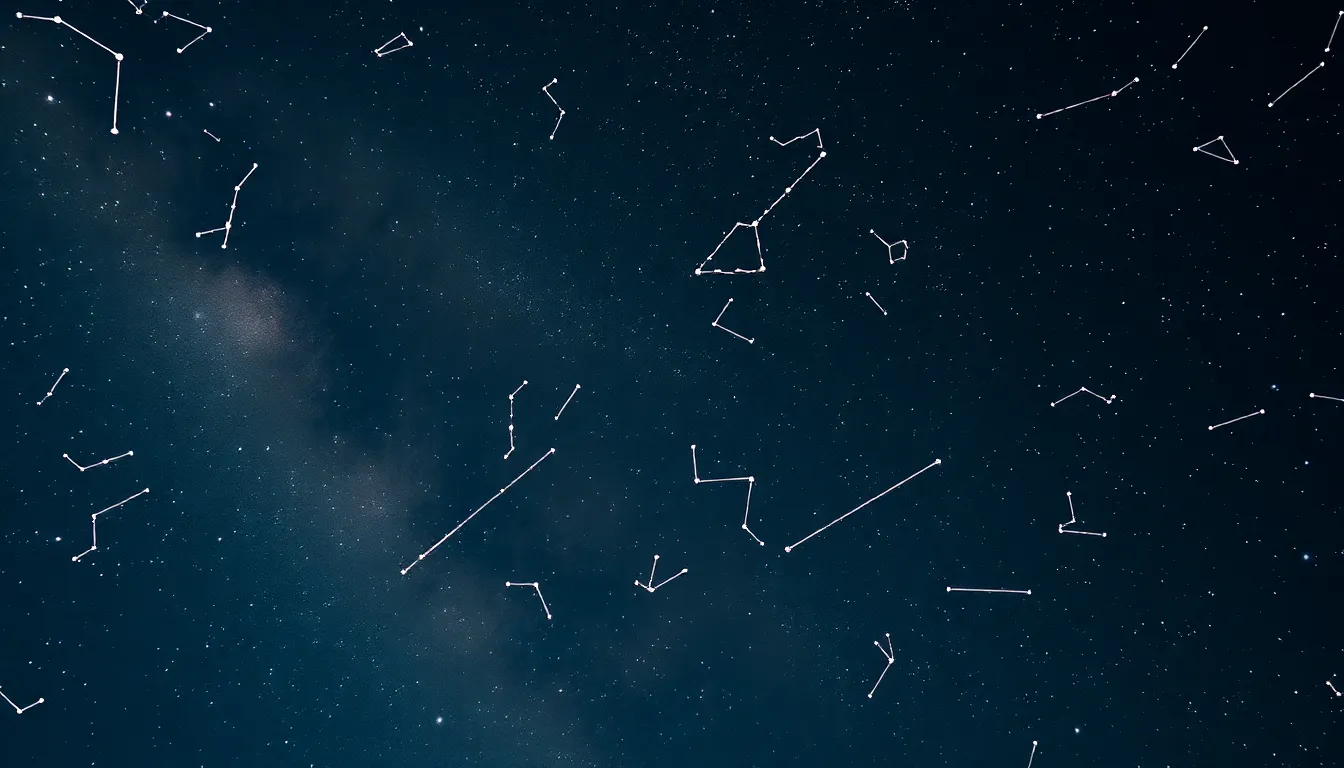1. Introduction
Slavic mythology, rooted in ancient beliefs and storytelling traditions, is a captivating tapestry of interconnected deities, cosmic entities, and revered natural forces. This intricate mythology, woven through various Slavic cultures, is defined by a profound concept of unity that permeates all aspects of existence, encompassing the physical, spiritual, and mythical realms.
2. Unity in Slavic Cosmology: The Tripartite Universe
Central to Slavic cosmology is the concept of the tripartite universe, consisting of three distinct realms: Prav, Yav, and Nav. Prav represents the heavenly kingdom, the domain of the supreme god and other benevolent deities. Yav epitomizes the earthly realm, where mortals reside and experience the joys and challenges of life. In contrast, Nav symbolizes the underworld, the ethereal abode of the dead and various supernatural beings.
3. The Unity of the Slavic Pantheon: Triglav and the Triple Deities
The Slavic pantheon reflects this tripartite structure, with deities often revered in sets of three. Triglav, the supreme Slavic god, is a manifestation of this trinity, embodying the unity of the heavens, earth, and underworld. Among the various triple deities, the Rod-Rozhanitsy-Sud trio stands out. Rod, revered as the creator and progenitor, is flanked by Rozhanitsy, the goddesses of childbirth and destiny, and Sud, the deity of justice and fate.
4. The Unity of the Natural World: Rod and Rozhanitsy
The concept of unity extends deeply into the Slavic reverence for the natural world. Rod, apart from being the primordial creator, is believed to be the embodiment of all existence, embodying the interconnectedness of all living beings and elements. Rozhanitsy, in addition to their association with childbirth, symbolize the nurturing and protective power that sustains the natural world and preserves its harmony.
5. The Unity of the Ancestors and the Living: Nav, Yav, and Prav
The Slavic concept of unity extends beyond the physical and mythological realms, encompassing the cyclical nature of life and death. Nav, the underworld, is not perceived as a desolate realm of despair but as a place where the spirits of the deceased reside, closely connected to the living through ancestral lineage. This interrelationship between the realms of Nav, Yav, and Prav underscores the unity of the living and the dead, perpetuating the cycle of existence and preserving ancestral bonds.
6. The Unity of Rituals and Festivals: Seasonal Celebrations and Sacred Rites
Slavic mythology is imbued with a rich tapestry of rituals and festivals that celebrate the cyclical nature of life and the unity between humans and the supernatural world. Seasonal celebrations, such as the winter solstice (Koleda) and the spring equinox (Maslenitsa), have been observed for centuries, marking the changing seasons and invoking divine blessings. These festivities involve communal gatherings, music, dancing, and offerings to deities, fostering a sense of unity and interconnectedness within the community.
7. The Unity of Slavic Folklore and Oral Traditions: Legends, Tales, and Myths
The oral traditions of Slavic cultures are replete with legends, tales, and myths that embody the concept of unity. Heroes and heroines embark on epic quests to restore balance and harmony to the world, encountering mythical creatures and supernatural beings along the way. These stories often emphasize the virtues of bravery, compassion, and cooperation, instilling in listeners a sense of shared identity and common destiny.
8. The Unity of Slavic Languages and Cultures: Common Roots and Shared Beliefs
The Slavic languages and cultures, despite their diversity, share common roots and fundamental beliefs. From the intricate patterns of traditional embroidery to the haunting melodies of folk songs, there are recognizable motifs and themes that permeate these cultural expressions. This unity of language and culture fosters a sense of belonging and connection among Slavic-speaking communities, preserving their rich heritage and shared mythology.
9. The Unity of Slavic Art and Symbolism: Motifs, Ornaments, and Sacred Patterns
Slavic art is a captivating tapestry of motifs, ornaments, and sacred patterns that convey the depth and symbolism of their mythology. Traditional crafts, such as wood carving, pottery, and embroidery, often incorporate ancient symbols representing the unity of nature, the divine, and the human world. These symbols, passed down through generations, serve as visual reminders of the interconnectedness of all things.
10. The Concept of Unity in Modern Slavic Culture: Revivals, Adaptations, and Interpretations
In contemporary times, there has been a resurgence of interest in Slavic mythology and culture. Modern artists, writers, and musicians draw inspiration from ancient traditions, reimagining and adapting them for new audiences. This revival fosters a sense of unity among Slavic cultures, celebrating their shared heritage and connecting them with their past. The concept of unity remains as relevant today as it was centuries ago, offering a timeless framework for understanding the profound interconnectedness that permeates Slavic culture.
FAQ
Q: What is the fundamental concept that defines Slavic mythology?
A: The concept of unity permeates all aspects of Slavic mythology, encompassing the physical, spiritual, and mythical realms.
Q: How is the tripartite universe represented in Slavic cosmology?
A: Slavic cosmology divides the universe into three distinct realms: Prav (heavenly kingdom), Yav (earthly realm), and Nav (underworld), each with its unique characteristics and divine beings.
Q: How does the Slavic pantheon reflect the tripartite structure of the universe?
A: The Slavic pantheon includes deities often revered in sets of three, notably Triglav (the supreme god embodying the unity of the three realms) and the Rod-Rozhanitsy-Sud trio (creator, goddesses of childbirth, and deity of justice).
Q: How is the unity of the natural world expressed in Slavic mythology?
A: Rod, the primordial creator, is believed to embody all existence, symbolizing the interconnectedness of all living beings and elements. Rozhanitsy represents the nurturing and protective power that sustains the natural world.
Q: How does the concept of unity extend to the relationship between the living and the dead in Slavic mythology?
A: Nav (the underworld) is seen as closely connected to Yav (the earthly realm) through ancestral lineage. The dead are revered, and their spirits are believed to continue interacting with the living, fostering a sense of unity beyond physical life.




